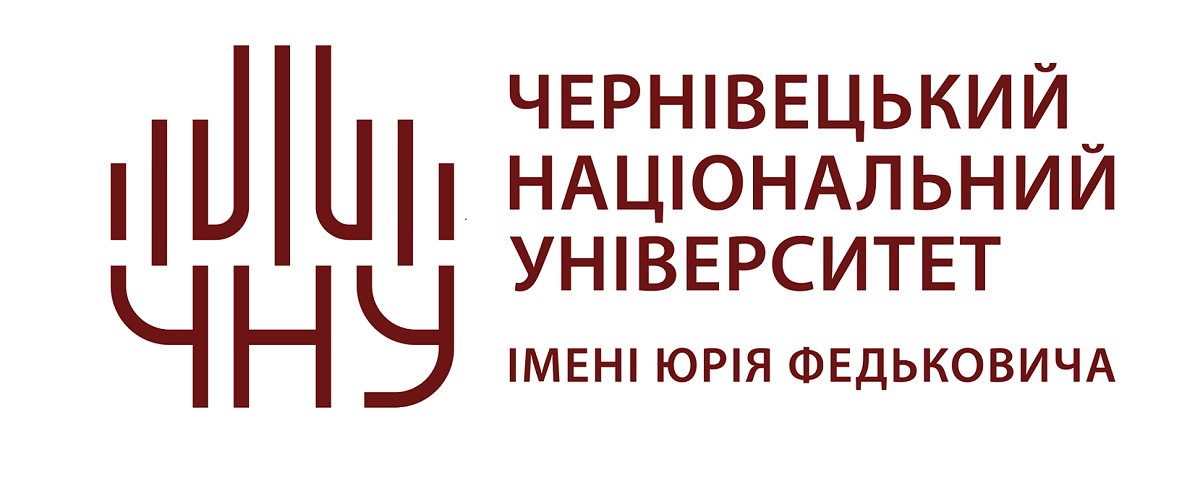| dc.identifier.citation | Тичініна, А., Нікоряк, Н. (2023). Новела В. Домонтовича «Спрага Музики» в аспекті інтердискурсивної методології. Visnyk Universitetu imeni Alfreda Nobelya. Seriya: Filologicni Nauki, vol. 1, issue 25, pp. 131-143, DOI: 10.32342/2523-4463-2023-1-25-10 | uk_UA |
| dc.description.abstract | The current postnonclassical methodological situation draws attention to interdisciplinary practices
in literary texts analysis, revealing a significant number of “interdiscursive configurations”. The purpose of
this research is to analyze the short story “Thirst for Music” by one of the great intellectuals of the Ukrainian
emigration, Viktor Petrov-Domontovych (1894–1969), in the aspect of interdisciplinary methodology. The
research tasks are to outline the specifics of interdiscursive methodology and interdiscursive analysis of
a literary text, in order to identify V. Domontovych’s novel interdiscursive codes. The chosen short story
determines the author’s idiom: biographism, fragmentation, intermediality, intertextuality. Accordingly,
the leading methodology of the study is interdiscursivity. It involves the use of biographical, hermeneutical,
intertextual, and intermedial research methods. The study is based on the research of M. Foucault, V.
Cherniavska, Y. Shevelev, I. Ilyin and others.
The work outlines a set of discourses important for the general concept of the novel and evaluates
their interaction in the discursive polyphony of “Thirst for Music”: biographical (a fragment of Rilke’s
biography), intermedial (music, sculpture), intertextual (Rainer Maria Rilke’s Stories of the Good God,
Rilke’s correspondence with Magda von Huttingberg), and architectural (Biographical novella fragment).
This example convincingly proves that postmodernist methodology is productive in analyzing the literature
of another cultural epoch, in this case, the modernist one.
The article under studies focuses on the influence of postmodernism on literary methodology in
terms of the concept of interdiscursivity. The purpose of the interdiscursive analysis is the reconstruction
of all the discursive layers involved (hidden) by the author. The methodology suggests the identification
of a broad range of significant bibliographical, cultural, artistic (intermedial and intertextual) architextual
insertions and allusions. Through decoding the “interdiscursive configurations”, the article lays particular
emphasis on the bibliographical, intertextual, intermedial, and narrative specifics of the text by the Ukrainian
emigrant writer Victor Petrov-Domontovych “Thirst for Music”. It also reveals the intertextual connection
of V. Domontovych’s story with Rainer Maria Rilke’s “Stories of God”, as well as Rilke’s correspondence
with Magda von Huttingberg. The imagological portrait of Rilke, reconstructed from the short story, may
be regarded as the essential interpretant of “interdiscursive intertextuality”. The interdiscursive analysis
makes it possible to trace up directly the peculiarities of the writer’s (Rilke) relationships with his real
reader (M. von Huttingberg), as well as to outline the discursive nature of story’s architextuality and its
genre marking, both of which form the respective horizons of expectations.
A particular attention is drawn to Rilke’s poem “Music” (1918), which condenses a wide range
of themes articulated by Domontovych in his short story “Thirst for Music” - music as a special metalanguage and a timeless format of music capable of transmitting human feelings. Therefore, the musical
key to reading this novel can be Domontovych’s consonance with Rilke. The “fragmentary integrity” of the
short story is substantiated by means of the fragmentary, gender marked narrative, the constellation of
passages, subject detail, specific phonetic coloring, tropology, and artistic syntax, all these give the prose
text the rhythmic parameters of lyrics. Through synesthesia, the author creatively interprets Rilke’s literary
method, leaving some figurative and musical “traces”. The veiled compositions of Handel, Bach, Schumann,
and Scarlatti are seen as musical ekphrasis. The author resorts to a kind of “game” with the reader, leaving
intertextual and intermedial discourses for him to decode. In this way, several receptive channels of the
reader’s imagination are simultaneously activated, including visual (“seeing”), auditory (“hearing”), and
kinesthetic (“feeling”). | uk_UA |
